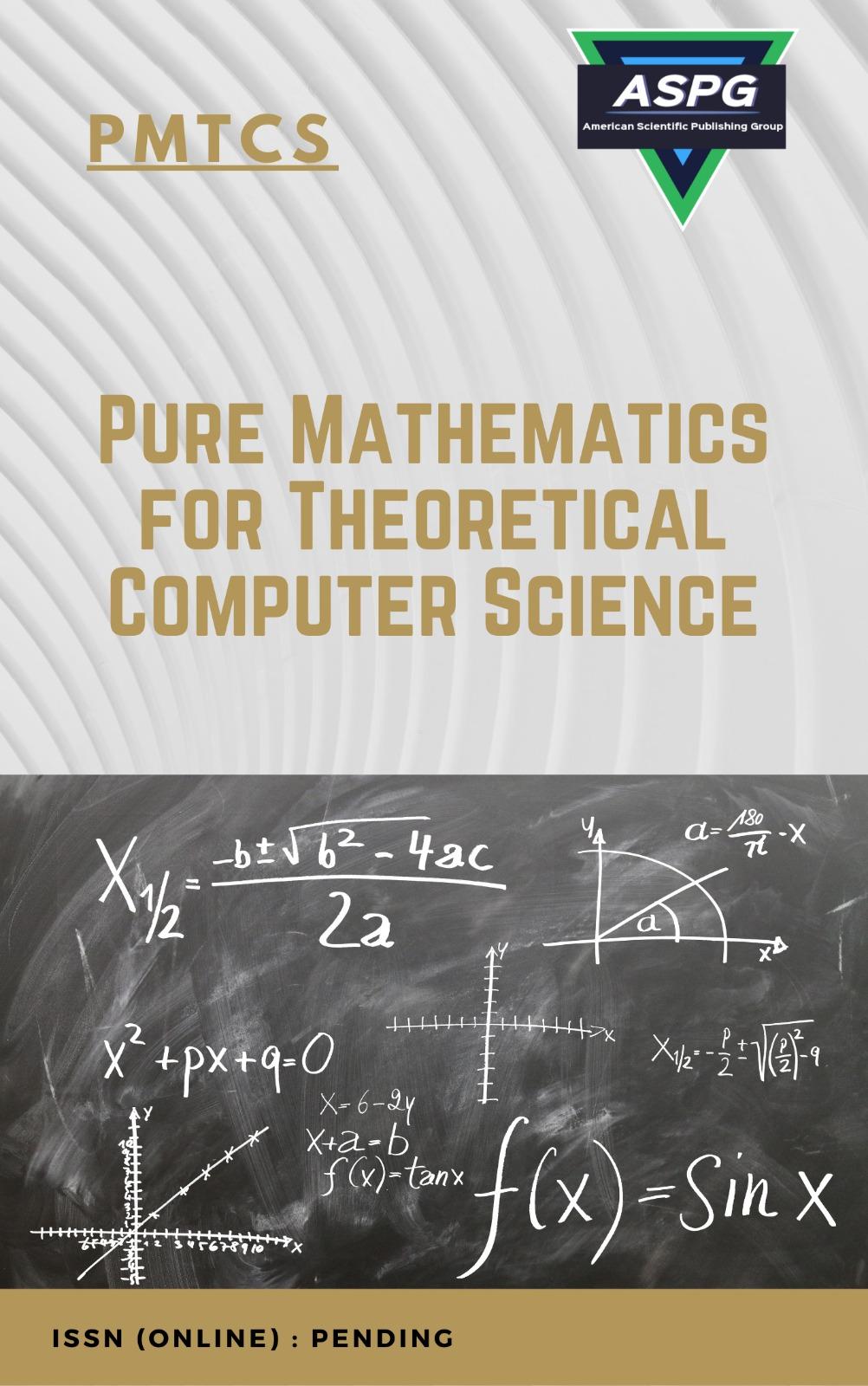

Volume 3 , Issue 1 , PP: 31-47, 2024 | Cite this article as | XML | Html | PDF | Full Length Article
Zainab Sami Yaseen 1 *
Doi: https://doi.org/10.54216/PMTCS.030105
Legal analysis is one of the important methods to study the interrelationships between two types of variables. an important use of this analysis is to reduce the data. Many studies use this analysis as a way to study the interrelationships between two types of variables. There have been no empirical studies of the use of legal analysis as a method. From my point of view, this study aims to shed light on how to use legal analysis as a means of factor analysis, and to show how to apply it in this field by dealing with a practical problem in the active field. The applied problem includes the study of the factorial analysis, the method of the main compounds, the method of path analysis, and the compatibility between them on two types of data, represented by identifying the factors associated with diabetes, and then identifying the variables that affect the rise in the measurement of sugar two hours after eating. impact according to priority and importance.
Principal Components Analysis , Jolliffe method , Scree Diagram method , Bartlett method , Path Analysis.
[1] Bilodeau M, Brenner D. Theory of multivariate statistics. Springer Science & Business Media; 1999.
[2] James GM, Hastie TJ, Sugar CA. Principal component models for sparse functional data. Biometrika 2000;87:587–602.
[3] Sena MM, Almeida MR, Braga JWB, Poppi RJ. Multivariate statistical analysis and chemometrics. Spectroscopic methods in food analysis, CRC Press; 2017, p. 273–314.
[4] Lynn HS, McCulloch CE. Using principal component analysis and correspondence analysis for estimation in latent variable models. Journal of the American Statistical Association 2000;95:561–72.
[5] Kohlmaier JR. A path analysis of binge eating and obesity in African-Americans: Acculturation, racism, emotional distress, binge eating, body dissatisfaction, attitudes towards obesity, dietary restraint, dietary fat intake, and physical activity. Louisiana State University and Agricultural & Mechanical College; 2003.
[6] Branson KM, Agarwal S. Structured Principal Component Analysis. Technical Report, UCSD 2003.
[7] Ota N, Agard DA. Enzyme specificity under dynamic control II: Principal component analysis of α‐lytic protease using global and local solvent boundary conditions. Protein Science 2001;10:1403–14.
[8] Calvo RA, Partridge M, Jabri MA. A comparative study of principal component analysis techniques. Proc. Ninth Australian Conf. on Neural Networks, Brisbane, QLD, Citeseer; 1998, p. 276–81.
[9] Rencher AC, Christensen WF. Méthods of multivariate analysis. a john wiley & sons. Inc Publication 2002;727:230–2218.
[10] Patra PSK, Seetharam K, Sahu DP. Development of an expert tool using Principal Component Analysis (PCA) approach: for identifying human diseases & its severity. International Journal of Computer Applications 2010;975:8887.
[11] Doh S-J, Stern RM. Weighted principal component MLLR for speaker adaptation. Proc. of the IEEE Workshop on Automatic Speech Recognition and Understanding (ASRU), vol. 88, 1999.
[12] Wiechmann GH, Wiechmann LA. Multiple factor analysis: An approach to attitude validation. The Journal of Experimental Education 1973;41:74–84.
[13] Timm NH. Applied multivariate analysis. Springer; 2002.
[14] Raychaudhuri S, Stuart JM, Altman RB. Principal components analysis to summarize microarray experiments: application to sporulation time series. Biocomputing 2000, World Scientific; 1999, p. 455–66.
[15] Tarpey T. Self-consistency and principal component analysis. Journal of the American Statistical Association 1999;94:456–67.